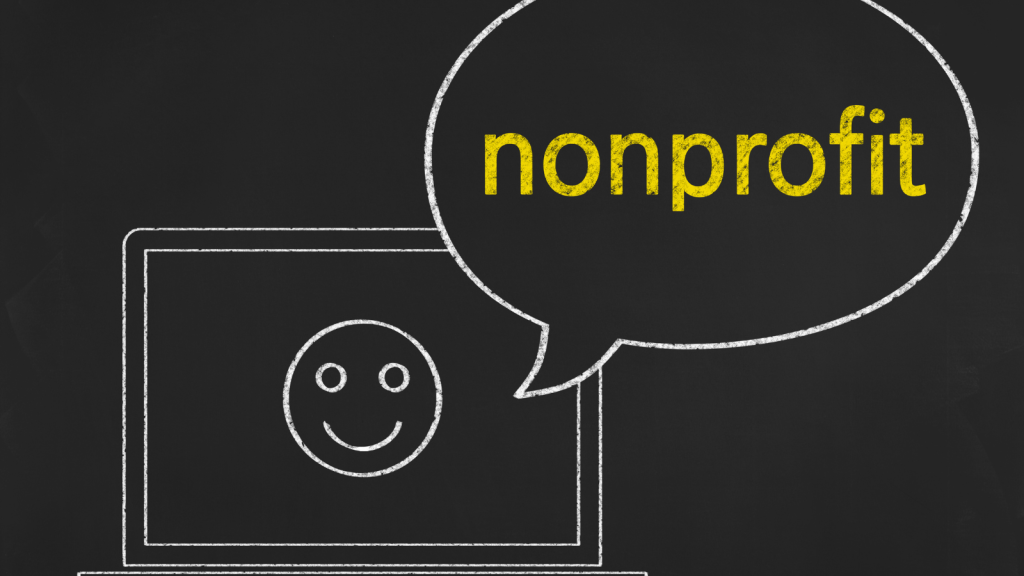Let’s face it — running a nonprofit is like juggling on a unicycle while balancing a coffee cup on your head. You’re trying to change the world, stretch every dollar, and somehow also be a social media designer?
We get it. That’s why in this guide, we’re cutting past the fluff and diving into how to actually design social media graphics that work for nonprofits — using NLP-driven language, emotion-rich visuals, and storytelling that resonates.
We’re not just talking colors and fonts. We’re talking real connections, human psychology, and subtle tactics that make your cause unskippable.
So, let’s learn through some stories — meet a few imaginary friends with real nonprofit dreams and uncover the design secrets that made their messages soar.
Case Study 1: “Feeding Hope” — The 3-Second Test
Story:
Emma runs Feeding Hope, a small nonprofit fighting food insecurity in her community. Her Instagram feed looked okay — nice photos of food drives, clean logo overlays, good color contrast.
But engagement? Weak.
Then she asked a friend to scroll her page and stop the moment they felt something. It took… 12 seconds. That’s too long.
So she redesigned a graphic with:
-
A close-up of a child holding a lunch tray
-
Text that read:
“This might be his only meal today.”
-
A small logo in the corner
-
A warm orange gradient to anchor hope and urgency
That post got 3x the reach, 5x the shares, and one new corporate sponsor.
Design Tip: Nail the First 3 Seconds
People scroll fast. Your graphic must:
-
Trigger emotion
-
Spark curiosity
-
Make the viewer pause
Use contrast, emotional facial expressions, and NLP-based language like “This might be…” or “Imagine if…” to pull people in.
Pro Trick: Avoid passive visuals. Use photos that make direct eye contact — they activate empathy neurons.
Case Study 2: “Waves of Wellness” — The Color Shift That Changed Everything
Story:
Carlos worked at Waves of Wellness, a mental health nonprofit focused on young men. His team kept using deep blues and greys — trying to stay professional.
But their posts felt cold. Distant.
Then a volunteer designer did something bold — used pastel pinks, coral, and soft yellows with hand-drawn illustrations. Suddenly, their engagement spiked. DMs started rolling in: “This feels safe” … “I can relate to this” … “I didn’t think this was for guys, but now I get it.”
Design Tip: Match Your Audience’s Emotional Landscape
Design isn’t about what looks “right” — it’s about what feels emotionally safe and visually familiar. For nonprofits, especially in emotional spaces like mental health, the colors and textures you use either invite people in or push them away.
NLP Angle: Our brains associate colors with mood-based metaphors (e.g., “feeling blue,” “seeing red”). Design with emotion-first logic, not brand rigidity.
Try This: If your audience is teens → use playful, imperfect fonts and warm tones.
If it’s corporate donors → elegant serif fonts, calm palettes, and dignity-centered visuals.
Case Study 3: “Books Not Bars” — The Power of Copy-Driven Graphics
Story:
Malik ran Books Not Bars, an advocacy nonprofit promoting education for formerly incarcerated youth. His social graphics looked good — but didn’t tell the whole story.
Then he flipped the format. Instead of image-first, he created a copy-led post with bold typography:
“We asked 100 teens: What kept you out of jail?”
92 said: A book. A mentor. A second chance.
Simple. Powerful. That one post got featured in a national education blog.
Design Tip: Let Words Be the Image
In the nonprofit world, a single sentence can change hearts. Design around bold, data-driven or emotionally sharp quotes. Use font hierarchy to draw the eye:
-
BIG for the “hook”
-
Medium for the “support”
-
Small for your logo or CTA
NLP Trick: Use “you” language and mini-narratives:
“He didn’t need a lecture. He needed a library.”
“What if your future depended on a stranger’s kindness?”
These create mental simulation — readers imagine themselves or someone they love in that situation.
Design Do’s and Don’ts for Nonprofits (That No One Tells You)
✅ Do: Use Faces That Reflect Your Audience
People are more likely to engage when they see themselves. This isn’t just diversity — it’s identity mirroring.
❌ Don’t: Overload with Info
One post ≠ one brochure. If you’ve got more to say, use a carousel or lead them to a Linktree.
✅ Do: Build a Template Library
Create 5–6 core templates in Canva or Adobe Express that are branded but flexible. Saves time and keeps things cohesive.
❌ Don’t: Assume Everyone Knows Your Cause
Every few posts, reintroduce your mission. Start with phrases like:
“In case you’re new here…”
“Why we do what we do ”
This resets the emotional frame for new followers.
Bonus: Secret NLP-Based Design Copy Prompts
Here are plug-and-play copy lines for your next graphic:
-
“What if you could change a life with one click?”
-
“They told her she’d never make it. You proved them wrong.”
-
“You can’t fix the world. But you can fix this part.”
-
“Read this before you scroll past another story like his.”
-
“They’re not just numbers. They’re names. Faces. Futures.”
Use these as headlines and pair them with authentic photos or soft-toned backgrounds.
Wrapping It All Up: Design that Feels Human
Social media design for nonprofits isn’t about perfect gradients or matching your hex codes.
It’s about telling human stories in ways that feel like whispers, not shouts.
It’s about colors that comfort, fonts that empower, and words that stick in the soul.
When you pair emotionally intelligent visuals with NLP-driven language, you turn followers into donors, likes into action, and posts into movements.
So whether you’re running a food pantry, a shelter, or a global mission — remember: your design doesn’t just say what you do. It shows why it matters.

